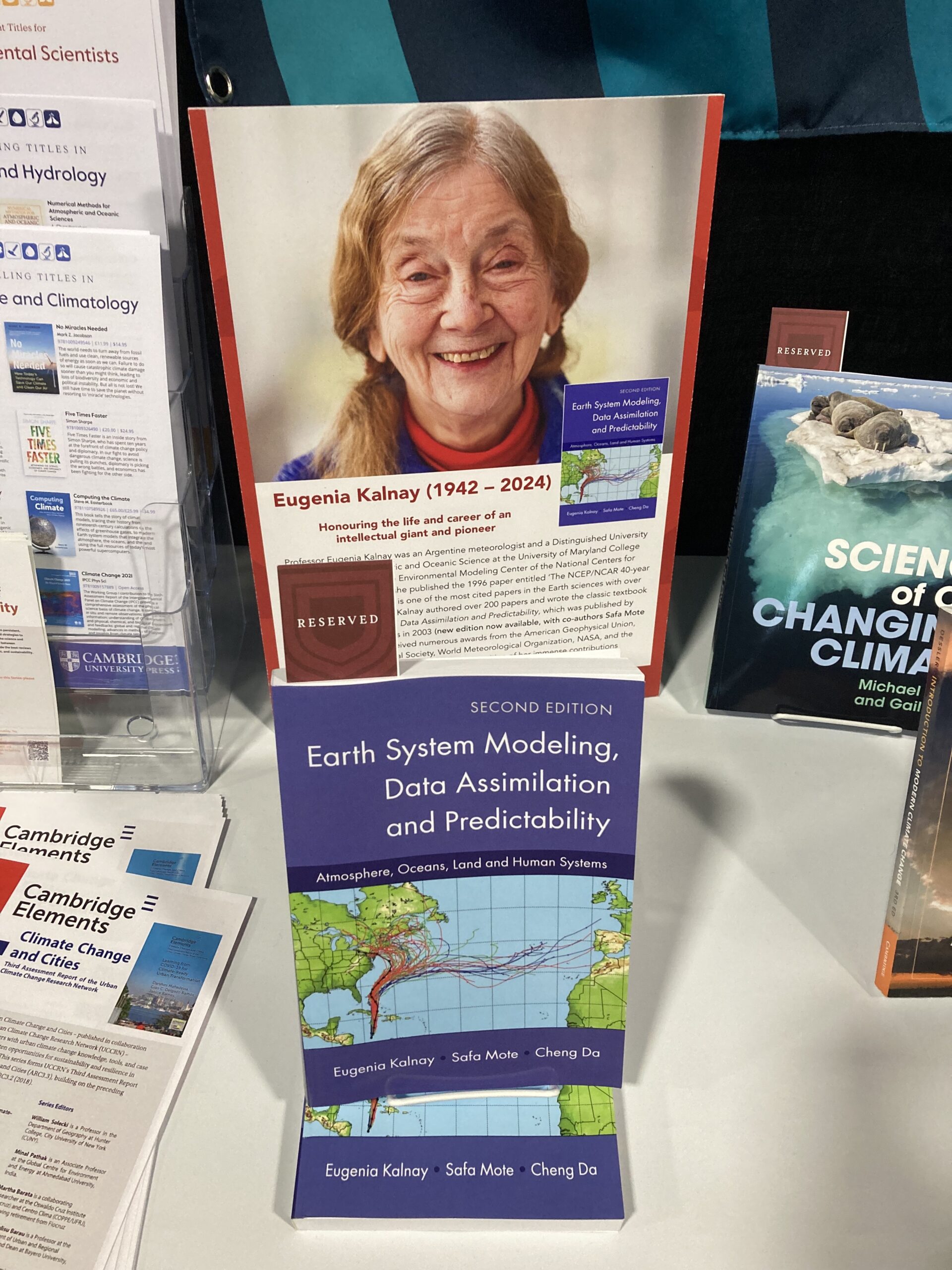
New Earth System Modeling Textbook by UMD Authors Released
The second edition of the textbook Earth System Modeling, Data Assimilation and Predictability has just been published by Cambridge University Press. The book was led

The second edition of the textbook Earth System Modeling, Data Assimilation and Predictability has just been published by Cambridge University Press. The book was led
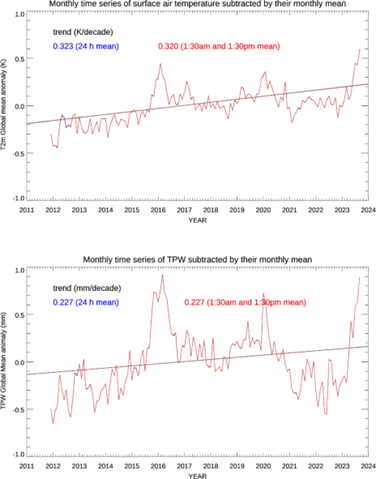
ESSIC/CISESS scientists Yan Zhou, Chris Grassotti, Yong-Keun Lee, and John Xun Yang are co-authors on a new paper in Scientific Reports titled “Trends of temperature
![Figure 3. Monthly TPW anomaly time series shown in red for ERA5 and blue for MiRS SNPP, 2012-2021. The straight lines are the linear regression fits. [a] is for global, [b] for Tropics, and [c] for mid-latitude regions, respectively.](https://essic.umd.edu/wp-content/uploads/2024/11/grassotti-zhou.png)
Figure 3. Monthly TPW anomaly time series shown in red for ERA5 and blue for MiRS SNPP, 2012-2021. The straight lines are the linear regression
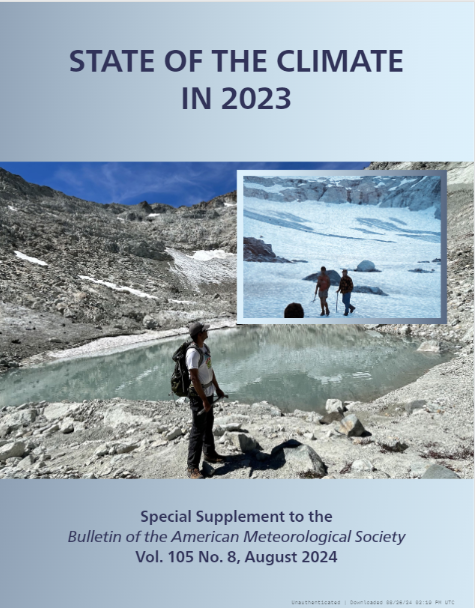
This week, the American Meteorological Society (AMS) released its annual State of the Climate report in 2023. Compiled by NOAA’s National Centers for Environmental Information,

ESSIC Scientist Min Huang is first author on a new article published in Eos, the American Geophysical Union’s science magazine. The article, titled “An Air Quality Model That Is Evolving with the Times”, discusses how the Sulfur Transport and Deposition Model (STEM) continues to find new applications and value in environmental science and policy making.

Congratulations to Isaac Moradi, named the 2024 recipient of the CMNS Distinguished Research Scientist Award!

Annika Jersild, ESSIC Visiting Assistant Research Scientist, is first author on a new paper in Geophysical Research Letters titled “A Spatially Explicit Uncertainty Analysis of the Air-Sea CO2 Flux From Observations”.
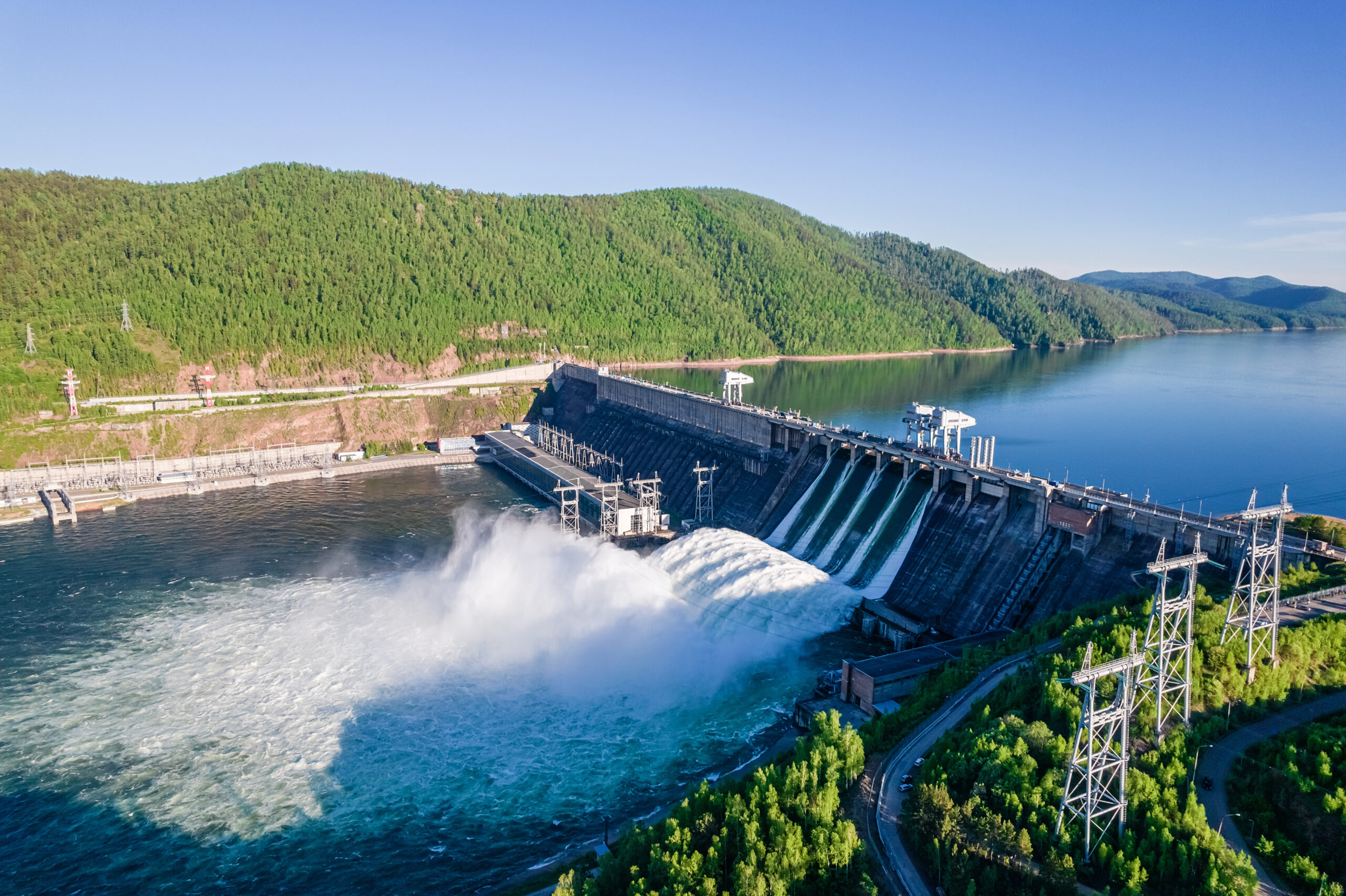
The global transition towards a low-carbon future could substantially accelerate hydropower deployment in ecologically sensitive rivers, according to a new study led by researchers at the University of Maryland’s Earth System Science Interdisciplinary Center (ESSIC) in collaboration with Pacific Northwest National Lab (PNNL)’s Joint Global Change Research Institute (JGCRI) and Tufts University. Published in Nature Sustainability, the paper analyzes the future hydropower expansion in the world’s 20 most ecologically sensitive rivers under different socio-economic and energy sector development scenarios.

Isaac Moradi, a research scientist and lead of the ESSIC numerical modeling and data assimilation affinity group, has been appointed as a member of the AMS Radio Frequency Allocation Committee, bringing invaluable expertise in microwave and radar observations and their role in weather predictions. The committee focuses on coordinating radio frequency spectrum management crucial to weather, water, and climate services. It serves a pivotal role in evaluating how spectrum policy changes might impact meteorological data collection and distribution. Moradi’s career, marked by advancements in data assimilation and numerical modeling through enhancing radiative transfer models, observations error analysis, improving the data assimilation systems for assimilating these observations, and developing advanced calibration techniques for satellite data, aligns seamlessly with the committee’s mission.
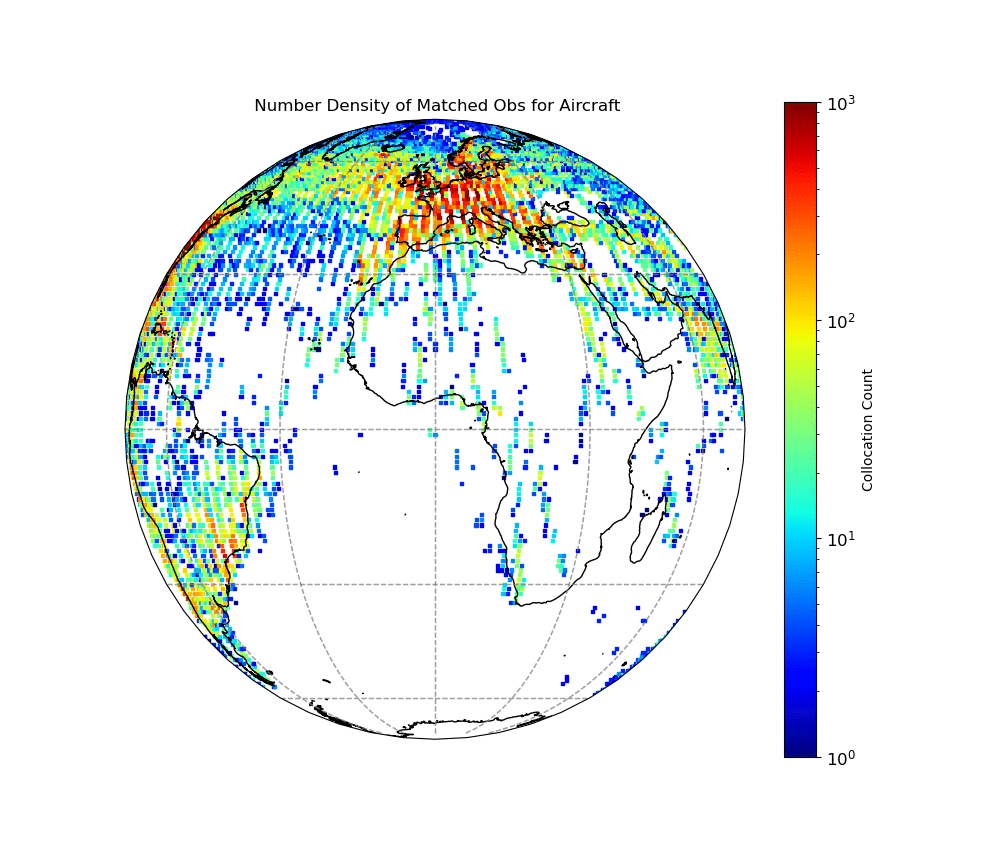
The data and tools one needs for wind observation research all in one place.